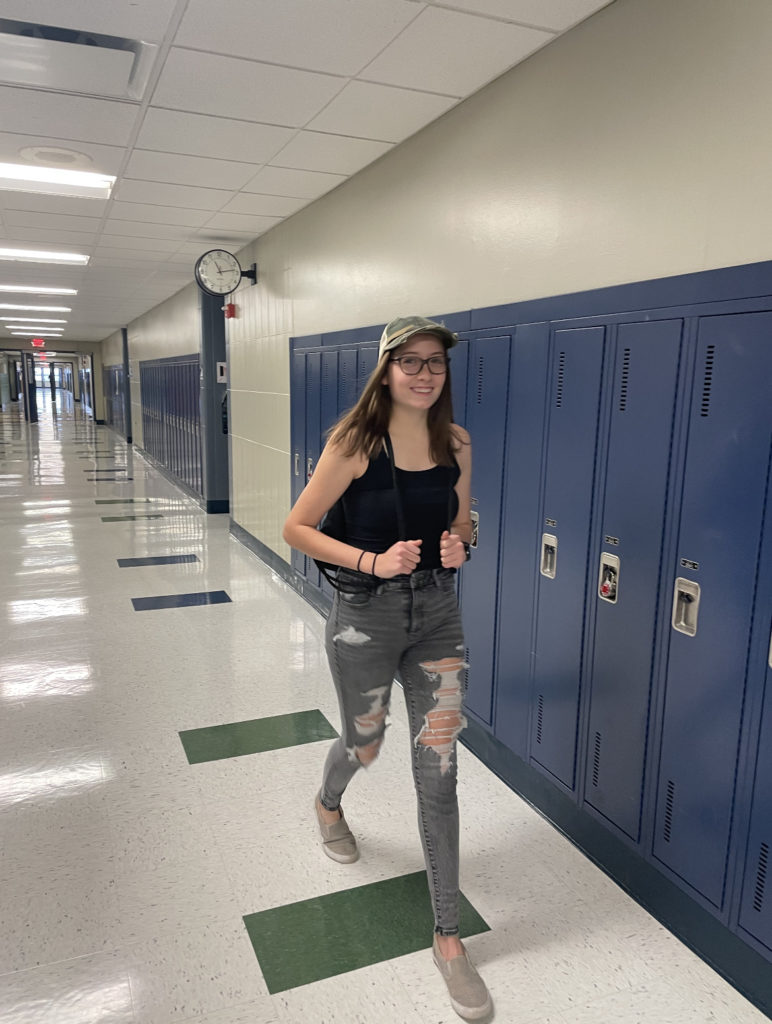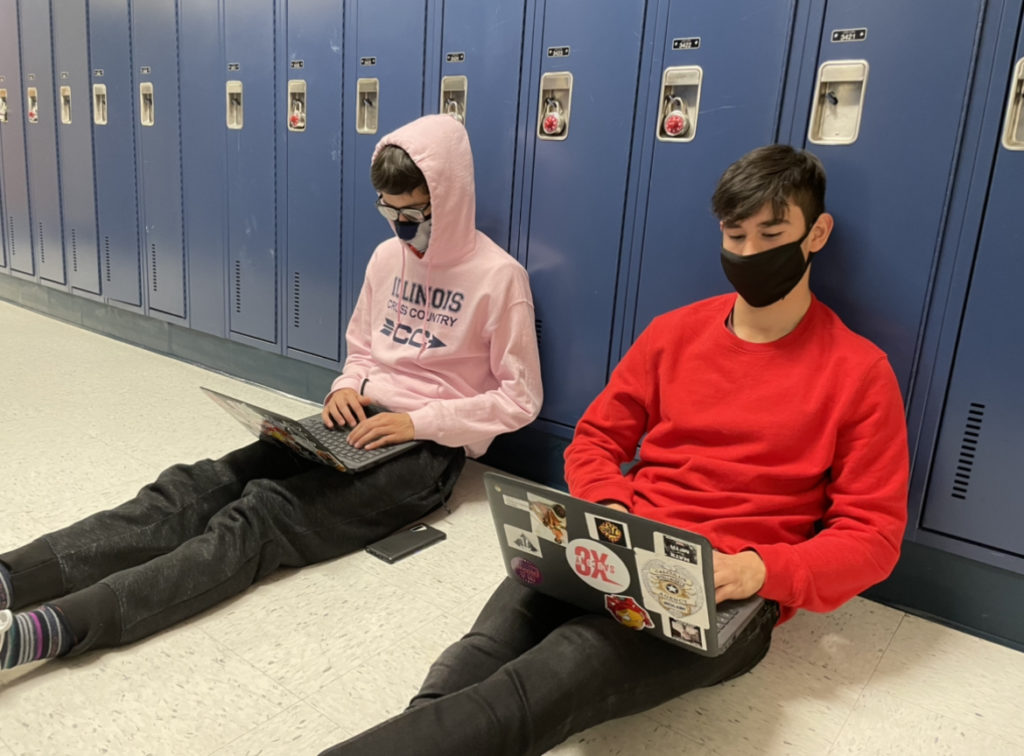District 88 recently implemented structural changes in the content of its dress code policy after a student-led commission demanded more equitable ideas and concrete language.
The changes were officially announced during a board meeting on Dec.13 and have been implemented during the start of second semester at both AT and Willowbrook. Major changes include fewer restrictions on areas of skin that need to be covered and the permittance of hats, hoods, and other headwear that previously was discouraged or outright not allowed.
Dr. Raquel Wilson, the director of student services for District 88, led interviews and surveys to gather input from students and gauge how they felt about the topic.
“The dress code was a concern that came out from many groups of people. We had to ask ourselves how we look at the dress code and how we update the language so that it makes sense,” Wilson said.
She also highlighted several initiatives that she wanted to work toward through the changes in the dress code, such as mental health and equity work. This equity work included updates to ensure that the targeting of female students did not remain ingrained into the dress code.
AT senior Madelyn Ford was one of several students responsible for starting the changes in the dress code policy after she felt targeted during athletic practice when male athletes were not required to wear a shirt in the heat, yet female athletes were. Ford, a member of the superintendent’s student advisory committee, said she brought up her concern during a meeting, sparking comments from other students and initiating the dress code operation.

“I unfortunately do think that sexism was ingrained in our previous dress code because a lot of the words that were used to describe what is and isn’t allowed to be worn in school was targeted towards the female population,” said Ford. “I immediately brought up the dress code policy during the meeting, and I realized that everybody else was in the same boat as me.”
Senior Enzo Ciacia, another member of the committee, agreed with Ford, arguing that the primary focus of the code should be education, not the restriction of self expression.
“We don’t think that the dress code that was previously provided for us was there for us,” he said. “The primary focus should be education. In high school more than anything else you’re really figuring out who you are. We didn’t want the dress code to interfere with race, sex, gender, or body type or size,” he said.
In addition to modifying the restrictions in the dress code to allow tops that are fashionable and trendy for women, such as crop tops and halter tops, equitable changes were made in the way that headwear was described.
“It was brought up immediately at the first meeting that things such as hijabs and do-rags were sometimes discriminated against in schools and we just really wanted to look at that and fix that,” said Ford.
The new headwear policies also allow for hats and hoods, which were previously banned from use inside school hallways and classrooms. Ford explained that the wording chosen for this part of the policy was designed to maintain safety without restricting hats and hoods.
“We do understand that hats and hoods can pose a safety issue because you might not be able to recognize a student. This is why we included that a hood over the head is allowed, but you still have to have your face and ears visible to identify you,” she said.
In coordination with the new and erased regulations, students pushed for language that would make the dress code easier to interpret and enforce. Several argued that leaving abstract words that allowed for each teacher or staff member to form their own opinion about the meaning was the cause of too many controversies at school.
Committee member and AT senior Bella Rojas criticized what she felt was vague language in the dress code.
“Something that I really enjoy talking about is that a lot of vague and broad terms were being used, such as ‘excessive.’ I think that when a dress code has language like that it leaves a lot of room for interpretation because everybody’s perspective is so different,” she said. “What the principal sees as excessive versus what I see as excessive as opposed to another teacher’s view of excessiveness is completely different, so when we make more specific terms and we have very clear cut language as to what’s allowed and what’s not allowed I think it definitely helps to determine what is deemed inappropriate. This is something very important, especially when it comes to us girls.”
District 88 removed language such as excessive from the policy to ensure the utmost clarification. In its place, they used clear and direct rules to cover as much as possible.
“We can’t cover every scenario but with this dress code we hope that being as specific as possible and by limiting interpretation that controversies in the dress code won’t occur as often,” said Ford.
Wilson felt that the students had created considerable impact to be a voice for their student bodies.
“They are very much the voices of each of their respective buildings and I just appreciate them being here,” she said.
Ultimately students felt grateful for the board’s care about their voice.
“I am extremely impressed with our school district’s board in terms of how much they care and listen to student opinions. It was evident from day one that they wanted to hear what we had to say about policies that were going on in our school.” said Ford.
Wilson and the students are now focusing on the implementation of the new rules and spreading awareness of new permissions. The next steps in increasing equity will include the athletic dress code policy starting later in 2022.


